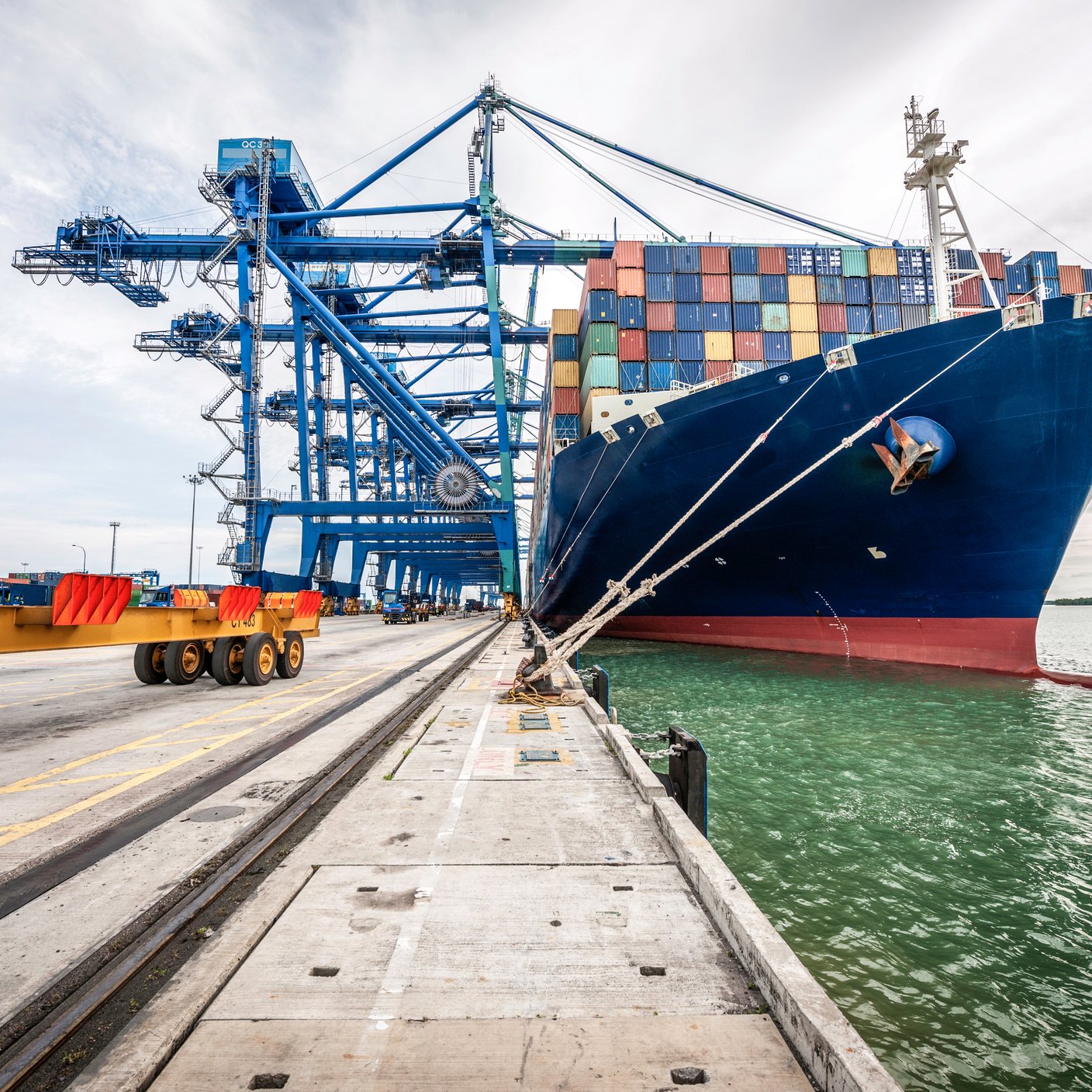“The cost of uncertainty in the supply chain is too high to manage in silos and must be faced with a holistic business approach.” - Tony Pelli, Global Practice Director, Security & Resilience
Organizations are starting to change how they manage supply chain risk. Previously, businesses treated supply chain risks like isolated problems—sustainability issues here, quality problems there, geopolitical disruptions elsewhere. Organizations handled these challenges on a one-to-one basis through separate teams: procurement dealt with sourcing issues, operations managed disruptions, compliance handled regulations, security tackled supply chain threats, sustainability addressed environmental concerns, and enterprise risk management tried to coordinate it all with varying degrees of success.
But supply chain issues have grown so large and frequent that organizations now need an enterprise-wide response.
The COVID-19 pandemic marked a turning point. Organizations suddenly realized that supply chain risk could threaten the entire organization and seriously undermine the bottom line. Many organizations still handle risk in silos, but this fragmented approach prevents organizations from successfully implementing a whole-of-business strategy to managing supply chain risk.
Why fragmentation is risky
The siloed approach is costly. In 2025, less than 8% of businesses believe they have complete control over their supply chain risks, with 63% continuing to experience higher than expected supply chain risk-related losses. We've seen organizations lose hundreds of millions of dollars over a couple of quarters due to unanticipated risks simply because different parts of the organization failed to talk to each other.
The fragmented approach also keeps organizations reactive rather than proactive. Organizations intervene with suppliers only when something goes wrong rather than building risk management into the entire supplier lifecycle from the very beginning.
What a unified approach looks like
Organizations that incorporate risk management into the entire supplier lifecycle find significant operational advantages beyond competitive positioning. This approach streamlines cross-functional alignment by bringing together procurement teams, supply chain operations, logistics teams, sourcing teams, and compliance teams around shared risk objectives rather than operating in silos.
The unified approach transforms organizations from reactive to proactive by building risk management directly into supplier selection and onboarding then integrating it into everyday supply chain management. Rather than scrambling to address issues after they occur, teams work collaboratively to identify and mitigate risks before they impact operations.
This organizational focus creates measurable benefits: faster decision-making when issues arise, reduced duplicate efforts across departments, and clearer accountability for risk outcomes. Teams spend less time coordinating responses to supply chain disruptions and more time preventing them, ultimately creating a more resilient and efficient operation.
Three elements are particularly helpful:
1. Real-time supply chain mapping – Organizations need a live view of the supply chain so they can intervene quickly when something goes wrong. In the event an issue arises, they can proactively identify which suppliers may be impacted and which remain unaffected.
2. Building better relationships with suppliers – Organizations should develop an on-the-ground understanding of what suppliers deal with at baseline then drive continuous improvement in behaviors instead of only intervening when problems arise.
3. Cross-functional collaboration from day one – Teams should work with procurement and sourcing groups to ensure they understand potential risks before they even begin sourcing with suppliers, making risk assessment part of initial discussions, onboarding, and day-to-day supplier management.
The competitive advantage
Effective supply chain risk management no longer focuses on preventing bad things from happening—it has become a competitive advantage. Companies that were able to shift or had already built in redundancy (having backup systems, suppliers, or processes already in place before you need them) found themselves far ahead during recent global disruptions.
Take the significant disruptions to shipping through the Red Sea and Suez Canal that intensified in late 2023. When many shipping companies rerouted vessels around the Cape of Good Hope, adding weeks to transit times and increasing costs, companies that had diversified logistics routes or already established multi-modal transport options gained advantages. Businesses with pre-existing relationships with alternative carriers or those that had invested in regional warehousing to buffer against extended transit times ensured product availability while competitors faced stockouts and delivery backlogs.
Similarly, companies that took the initiative to multi-source out of China or source in multiple different countries before tariffs hit are now sitting in a much better position than those that didn't. These organizations can avoid costs more easily and continue production when competitors can't.
What next?
Supply chain risks aren’t going anywhere. Companies that continue to manage them in silos will find themselves constantly playing catch-up, while those that adopt a whole-of-business approach will be positioned to turn risk management into a strategic differentiator.
Contact us to learn how we can support your global operations.
Visit BSI’s Experts Corner for more insights from our industry experts. Subscribe to our Experts Corner-2-Go LinkedIn newsletters for a roundup of the latest thought leadership content: Digital trust, EHS, and supply chain.








